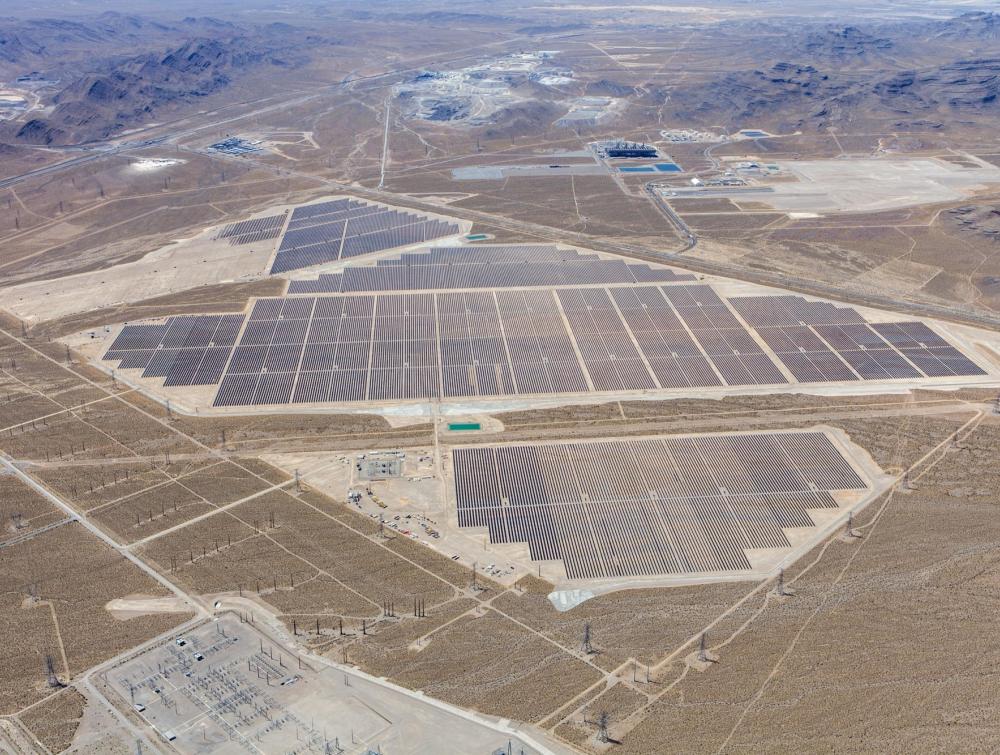TWS celebrates BLM finalizing first ever update to public lands solar plan

Switch Solar project in Clark County, Nevada
Switch Solar
New plan can ensure solar deployment meets energy needs through responsible project siting
WASHINGTON D.C. (August 29, 2024) - Today, the Bureau of Land Management released its final Western Solar Plan update, which guides responsible solar energy development on public lands across the West to help meet the nation’s climate and clean energy goals. The final Solar Programmatic Environmental Impact Statement (PEIS) is the first update since 2012 when the BLM established the original Western Solar Plan, a region-wide smart from the start endeavor that identified areas in six southwestern states with high solar potential and low resource conflicts.
The updated plan increases the planning area to 11 states across the West, focusing solar projects toward lands near transmission with fewer resource conflicts and away from protected landscapes, habitats, and other places where development is not appropriate. It also makes significant contributions to the clean energy transition. If the reasonably foreseeable development scenario of about 700,000 acres across the 11 states is met, this would displace over 123 million metric tons of carbon per year, or the equivalent of permanently closing about thirty coal-fired power plants. In addition, the plan ensures that all stakeholders – including communities, Tribes, and all who cherish our nation’s public lands – have a seat at the table when specific projects undergo environmental review and before decisions are made.
In response to today’s news, The Wilderness Society’s Director of Government Relations for Energy and Climate Justin Meuse issued the following statement:
“The climate crisis is at our doorstep, and we must rapidly transition to a clean energy economy – yesterday. Thankfully, our nation’s public lands offer some of the best solar energy resources we’ve got. The BLM’s final Western Solar Plan harnesses this clean and abundant resource responsibly, focuses projects away from ecologically and culturally sensitive places, honors community input, and realizes the imperative that our public lands must be part of the climate solution. We look forward to working with the administration, the solar industry, communities, Tribes, and other stakeholders to ensure individual projects live up to the strong standard that was set today.”
In the face of climate pressure and the injustices of our current fossil fuel-based energy system, a rapid transition to a renewable energy economy is necessary. On public lands, the best way to get faster, better and cheaper outcomes is with meaningful stakeholder engagement and a smart-from-the-start approach. Smart, responsible project siting doesn’t just benefit communities by leading to better projects, but with strong community buy-in, they are also deployed more rapidly.
The administration is ramping up renewable energy projects on public lands to meet – and beat – the President’s nationwide goal of 100 percent clean electricity by 2035. To ensure the clean energy ramp up is durable, rapid, and locally supported, it must prioritize community voices, tribal consultation and conservation of wildlife, cultural resources and critical habitats.
Contact: newsmedia@tws.org
